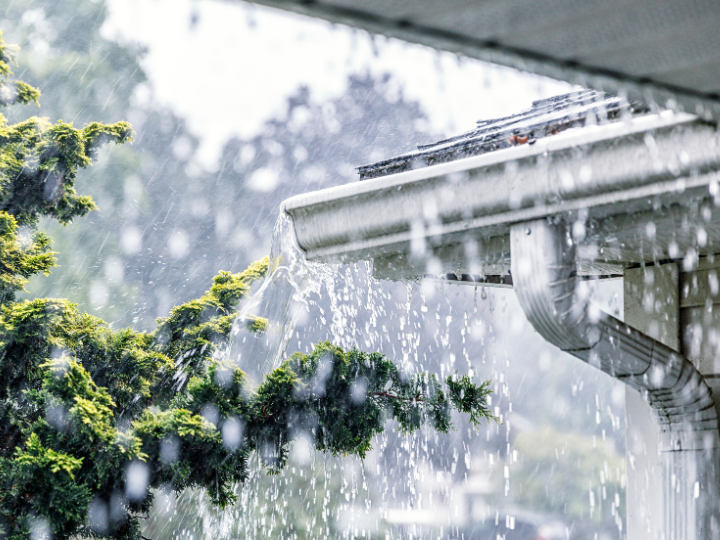Snowmobile Insurance vs. Auto Insurance
January, 28 2022
The terrain and winter weather in Canada were made for snowmobiling, and while it is great fun, it is one of the riskier sports in the country. Snowmobiles can reach speeds of over 100 miles per hour, making it challenging for drivers to stop in time to avoid a collision. Due to the inherent risks of snowmobiling, as well as the severity of risks, getting snowmobile insurance in Ontario should be high on your list of priorities as you prepare for the winter season.
We will help you sort out the differences between snowmobile insurance in Ontario and auto insurance, provide some insight as to the risks of snowmobiling, and help you understand why it is important to acquire snowmobile insurance to protect your sled and any liability that can arise from an accident.
What Is the Difference Between Snowmobile Insurance in Ontario and Auto Insurance?
To get a clearer understanding of the difference between snowmobile insurance in Ontario and auto insurance, it helps to understand how insurance companies rate their policies.
Insurance providers rate the vehicles people drive, and they also consider the driving records of all drivers listed on the policy. The risks and factors look very different for snowmobiles and autos. For those reasons, the structures of snowmobile and automobile policies must also be different.
With auto insurance, insurance providers consider the driver’s age, gender, credit score, and driving history when setting their rates.
Snowmobile insurance is far simpler. For example, rather than rate snowmobile riders based on tickets or accidents, they rate drivers as experienced or inexperienced. An experienced driver is categorized as one who has had at least four years of snowmobile driving experience.
That is not to say that tickets and accidents that occur while driving a car do not count. Depending on how many tickets or car accidents a driver has on their records and how old they are, such incidents can impact their snowmobile insurance premium.
Snowmobile insurance in Ontario sometimes excludes coverage for drivers under the age of 25, or for snowmobiles that are over 800 ccs. Other insurance companies simply charge a surcharge for drivers who are under 25.
Much like auto insurance, snowmobile owners can get snowmobile insurance in Ontario to cover liabilities only or liabilities and their sled. Cars are rated according to their year, make, and model, while snowmobiles are largely rated according to their purchase price and the size of the engine.
Why Your Auto Insurance Policy Will Not Cover You While Operating Your Snowmobile
Insurance providers in Canada rely heavily on actuarial data to rate insurers properly for risks. Insurance providers only pay out if a policyholder has a claim. Knowing this, they spend much time and research studying the probability of accidents and injuries for every type of policy they sell, and snowmobile insurance in Ontario is no different.
Simply put, auto insurance policies do not cover drivers while operating a snowmobile because the risks are so different.
The following list demonstrates how different snowmobile risks are from cars:
- Some snowmobiles have horse power stronger than cars
- Snowmobilers often ride off-road
- Snowmobile drivers cannot always see objects hidden in the snow
- Snowmobilers sometimes drive across frozen lakes and rivers
- Drivers could get buried under an avalanche
- Fast melting snow could cause a driver to drown in open water
- Drivers could experience a rollover or be ejected from their sled
As you can see, snowmobile risks vs. auto risks are a bit like comparing apples to oranges.
Another factor insurance providers consider is how many months of the year policyholders are driving. Most auto drivers drive their cars consistently all year long, while snowmobile drivers only use their snowmobiles for a few months every year.
The Regulations for Snowmobiles and Insurance Differ From Autos
The Ontario government regulates snowmobiles including the ages of snowmobile drivers and under what circumstances, snowmobile drivers are required to get insurance.
Snowmobile drivers over the age of 16 may operate a snowmobile across roads, on roads, and on trails. They must have a valid driver’s license or snow vehicle operator license.
Drivers as young as age 12 may drive snowmobiles on trails as long as they have a valid motorized snow vehicle operator’s license.
Snowmobile insurance in Ontario is only required when the sled is being operated outside the snowmobile owner’s private property.
When operating a snowmobile on your property, the Ontario government requires snowmobile drivers to have the following insurance coverage:
- At least $200,000 third-party liability
- Statutory accident benefits coverage (supplementary medical, rehabilitation, etc.)
- Direct Compensation – Property Damage
- Uninsured motorist
Other coverages, such as medical payments, comprehensive and collision, roadside assistance, and accessory coverage may be available as options.
What Are the Risks of Not Having Snowmobile Insurance in Ontario?
As enjoyable as snowmobile riding is, accidents happen, and when they do, they pose a liability risk to the driver. Snowmobile insurance protects drivers in several ways. If you opt to not be insured, you could end up with a huge out-of-pocket expense, especially if the accident has fatalities.
Some of the biggest risks for snowmobile operators are due to inexperience, driving at excessive speeds, riding at night, or using drugs or alcohol while operating a snowmobile.
The following statistics demonstrate how serious snowmobile risks can be:
- 73 Canadians perish in snowmobile accidents every year
- 9 in 10 snowmobile deaths occurred from 2013-2019
- 89% of snowmobile fatalities involved men
- Most snowmobile fatalities occurred where drivers were aged 20-64
- The majority of snowmobile accidents involve a single snowmobile, often a collision with a stationary object
- 34% of snowmobile accidents are due to driving at excessive speeds
- 35% of snowmobile accidents occurred after dark
- 49% of fatalities involved drug or alcohol use
In the interest of safe snowmobiling, the Ontario Federation of Snowmobile Clubs (OFSC) offers a valuable resource called the OFSC Interactive Trail Guide to keep snowmobilers in the loop about the status of snowmobile trails in Ontario.
Andrew Walasek, Director of Stakeholder Relations, says, “…The OFSC, in partnership with the OPP, is counting on all snowmobilers to take full responsibility for their safety as well as the safety of their passengers and fellow riders this season.”
Final Thoughts
Snowmobiling provides enjoyable winter entertainment for Ontario families. If an unexpected accident should occur, it pays to have snowmobile insurance with adequate limits to give you peace of mind.
For more information about snowmobile insurance, contact one of our expert brokers at Duliban at 855-DULIBAN.
External Links
Back to All Blogs
The Duliban Hometown Advantage
We Work For You
Our team of insurance professionals ensures that YOU receive the best coverage possible at the very best price.
25 Quotes
We partner with over 25 different insurance companies that fight to earn your business.
Highly Rated
With multiple provincial and national recognition awards, it’s no wonder why our clients rave about us.
Simple Language
We make sure that you understand your policy without confusing you with complicated insurance jargon.
Let’s find you the best possible coverage
START MY QUOTE












